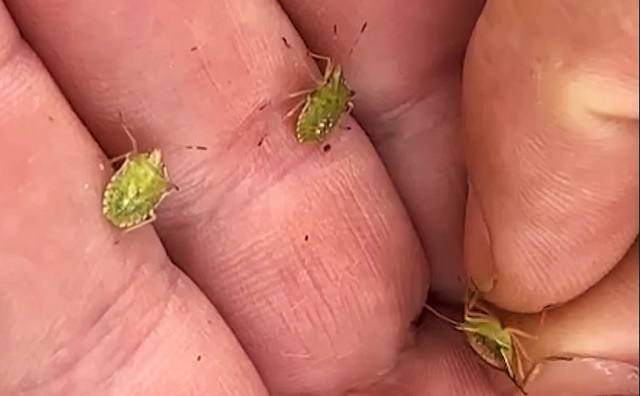Farmers in Mato Grosso are on alert regarding the pressure of bedbugs in the 2022/23 soybean harvest. Excessive rainfall in January has made it difficult to manage pesticides. In the district of Boa Esperança, in Sorriso, producers reveal that some properties are applying insecticides up to four times to try to exterminate the pest. The pressure of bedbugs on crops in Mato Grosso is the subject of this week’s episode 70 of Patrulheiro Agro. Ederson Cleiton Peruzzolo, an agronomic consultant for approximately 30 thousand hectares of soybeans, comments that due to the rains, the application schedule for every 15 days can be delayed by three to seven days. “A little later arrival compromises the efficiency of the product, making it difficult to perform the cultural treatments that we have to do,” says Peruzzolo, emphasizing that the biggest concern is bedbugs. Silent attack causes financial losses
The attack of the stink bug is silent and severe in both soybean and corn crops. And, according to the production sector, it can leave significant consequences in terms of productivity and profitability.
“This pest has intensified a lot. Today, the producer applies three to four applications to control the stink bug. In the past, we used to apply one to two at most”, points out Peruzzolo.
In the case of corn, according to agronomist River Phoenix, “if you slack off on land management, the corn loses a lot”.
Producer Bruno Cesar Zanatta reveals that in the last corn harvest he recorded losses of approximately 18% due to the stink bug.
Green and brown stink bugs are prevalent
According to research, the most common species of the pest in Mato Grosso are the green and brown stink bugs. For control to be more efficient, experts recommend adopting good pesticide management in areas where soybeans are earlier to avoid the so-called “green bridge” for late cultivars and corn.
“Generally, in the first applications, it is important to use a more shock-resistant product. And, as soon as nymphs appear, products based on neonicotinoids and pyrethroids should be used. With this population under control, we will have an increase in the period of soybeans free from the presence of these insects,” emphasizes the researcher from Fundação MT, Lúcia Vivan.
Source: Canal Rural

